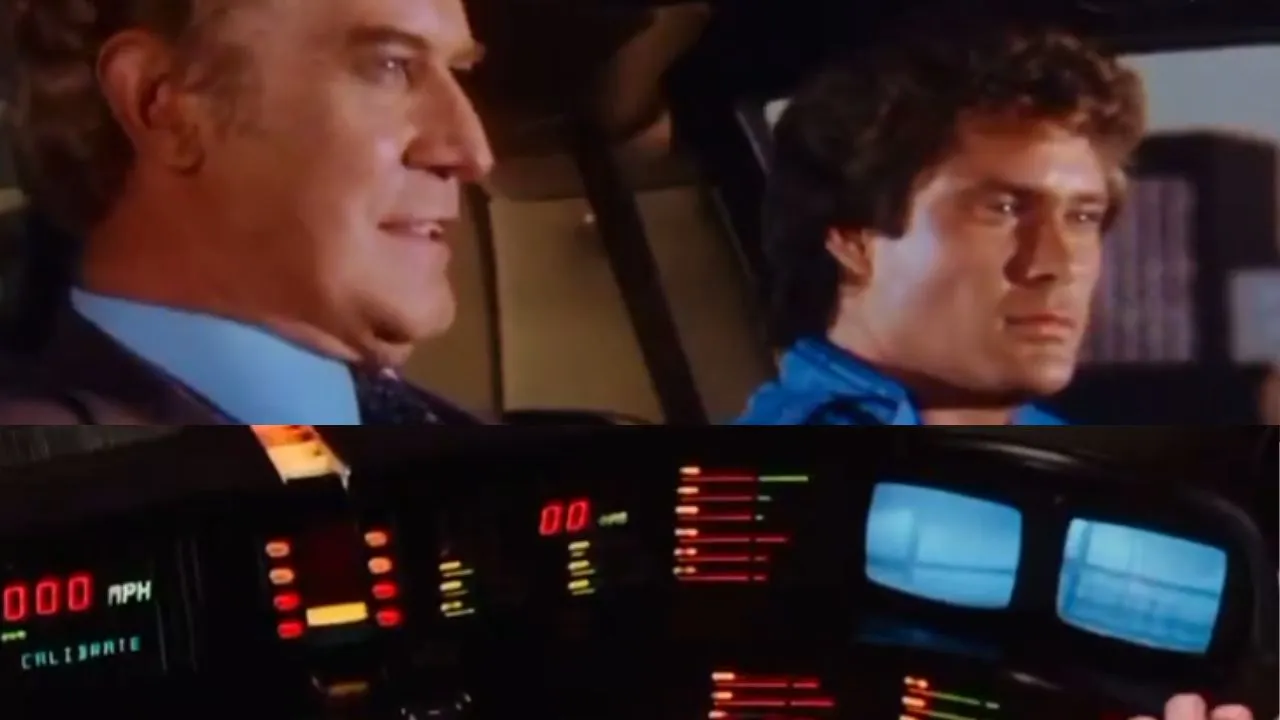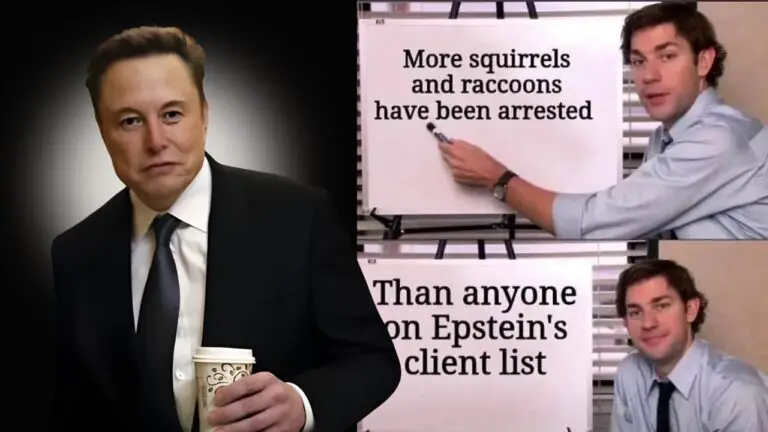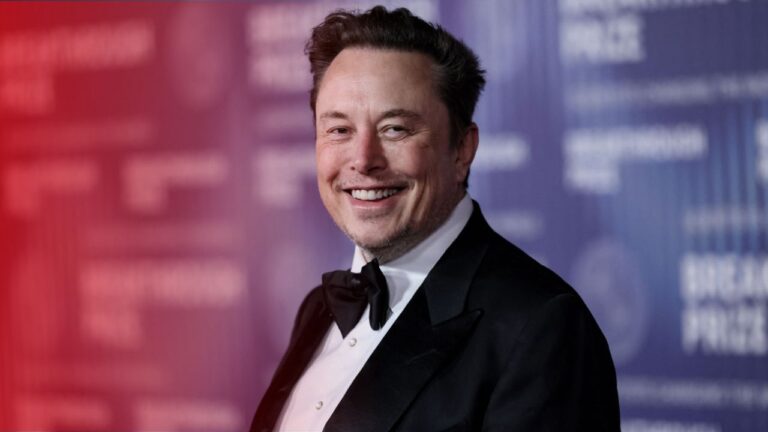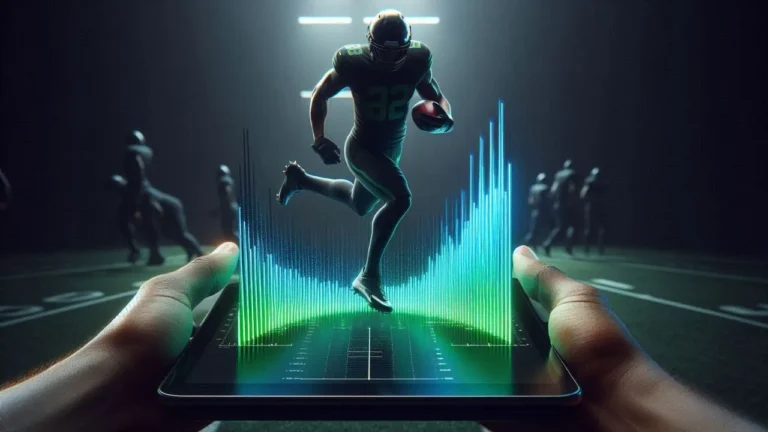The Evolution of AI in Automotive: From “Knight Rider” to Real-World Innovations

In the annals of pop culture, few icons have captured the imagination quite like KITT, the sentient, AI-powered car from the 1980s series “Knight Rider.” With its sleek design, advanced technology, and ability to think and communicate, KITT represented a futuristic vision of automotive innovation. Fast forward to 2025, and the line between fiction and reality is blurring as artificial intelligence (AI) transforms the automotive industry in ways that would make Michael Knight envious.
The Nostalgic Spark
A recent post by Elon Musk on X reignited interest in this evolution, sharing a clip from “Knight Rider” that showcases KITT’s advanced dashboard and capabilities. Musk’s caption, “The actual future is so much more advanced!” , underscores the rapid progress of AI in automotive technology. The clip, featuring dialogue about KITT being “the fastest, safest, and strongest car in the world,” highlights the aspirational tech of the 1980s, which now seems quaint compared to today’s advancements.
AI’s Real-World Impact
The automotive industry is undergoing a seismic shift, driven by AI applications that span design, manufacturing, and operation. According to a 2025 study by MarketsandMarkets, the global Automotive AI Market is projected to reach $38.45 billion by 2030, growing at a compound annual growth rate (CAGR) of 15.3% from 2025. This growth is fueled by AI’s ability to enhance safety, efficiency, and user experience.
Autonomous Driving Systems
AI is the backbone of autonomous vehicles, with companies like Tesla and Waymo leading the charge. Tesla’s Autopilot and Waymo’s self-driving platform utilize machine learning to process sensor data, enabling vehicles to navigate complex environments. The SAE International’s J3016 classification system, updated in 2014, now includes levels up to 5, with Level 4 automation becoming increasingly common. This technology, once a fantasy in “Knight Rider,” is now a reality, with vehicles capable of operating without human intervention in specific conditions.
Manufacturing and Supply Chain Optimization
AI is revolutionizing manufacturing by optimizing workflows and reducing human error. Robots powered by AI can assemble cars faster and with greater precision, as seen in facilities by companies like Magna International and Toyota. Predictive maintenance, another AI application, uses real-time data analysis to foresee equipment failures, minimizing downtime and costs. This is a far cry from the manual assembly lines of the 1980s.
Enhanced User Experience
AI is also transforming the in-car experience. Voice assistants, powered by natural language processing, allow drivers to control features hands-free, much like KITT’s interactive capabilities. Companies like Cerence.ai and SoundHound AI are deploying generative AI to enable full-scale dialogue, answering complex questions and assisting with trip planning. The integration of AI with augmented reality (AR) further enhances this experience, providing interactive and immersive engagements, as seen in developments by Snap Inc. and Shopify.
The Cultural and Technological Bridge
The “Knight Rider” clip shared by Musk serves as a cultural bridge, connecting the aspirational tech of the past with today’s innovations. It reminds us that the seeds of current AI advancements were planted in the collective imagination decades ago. The dialogue in the clip, where a character marvels at KITT’s thinking capabilities, mirrors the awe many feel today about AI’s role in automotive technology.
Challenges and Ethical Considerations
Despite the progress, challenges remain. Ethical concerns surrounding AI in self-driving cars, such as liability and accountability, are being addressed through collaborations between industry stakeholders and regulatory bodies. The need for rigorous testing and regulation ensures that these technologies are safe and reliable before widespread adoption. Moreover, the workforce transformation requires upskilling, as AI automates routine tasks, pushing professionals towards more strategic and creative roles.
The Future Beckons
As we look to the future, AI’s role in the automotive industry is only set to expand. The integration of generative AI, as highlighted in recent trends on X, promises to further personalize and optimize content creation and user experiences. Tools like Grok Imagine, mentioned in associated posts, are already enabling rapid production of creative content, from animated drawings to celebrity deepfakes, raising questions about AI’s impact on art and privacy.
In conclusion, the journey from KITT to today’s AI-powered vehicles is a testament to human ingenuity and technological advancement. While “Knight Rider” may have been a product of its time, it envisioned a future that is now unfolding. As Elon Musk aptly noted, “The actual future is so much more advanced!” The automotive industry, propelled by AI, is not just driving innovation; it’s steering us towards a new era of mobility.
Read More:
Trump’s Tariff Threats and India’s Firm Stance: A Geopolitical Analysis






